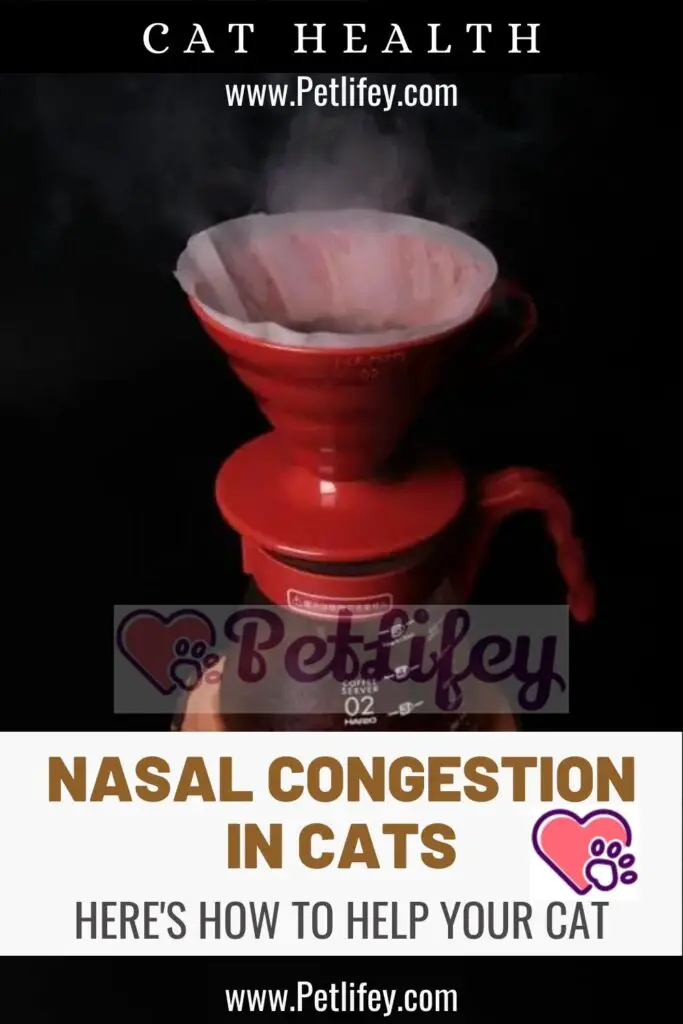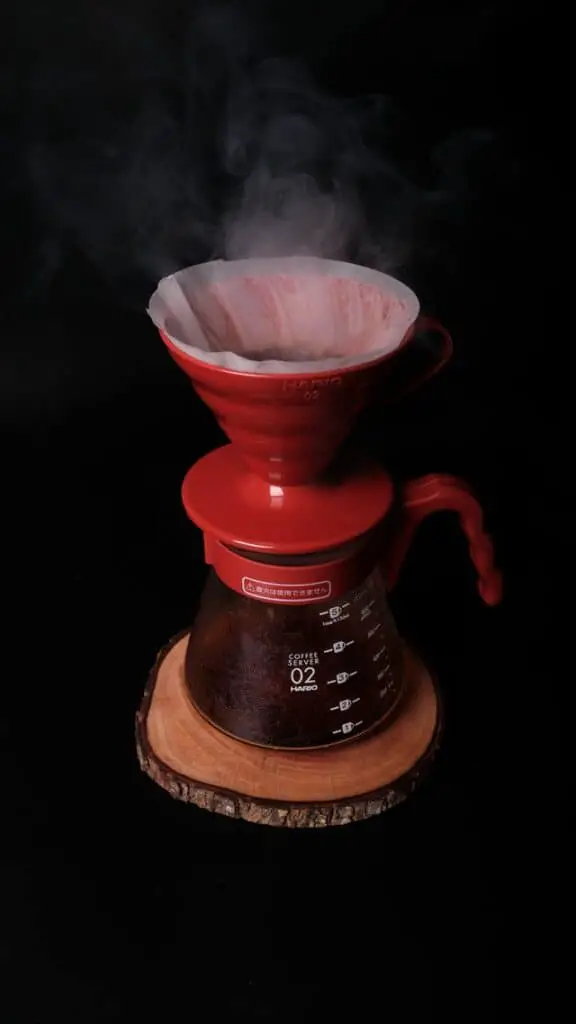
Nasal congestion in cats can occur for various reasons. Let’s see what are the causes and above all what can be done about it.
Nasal congestion, or commonly known as stuffy nose in cats, is often linked to feline respiratory tract infection.
Among the causes we can find allergies, viruses or even nose tumors. Let’s see below what to do in case of nasal congestion to improve the cat‘s breathing, remembering to contact the veterinarian in any case.
Nasal congestion in cats: identifying respiratory problems

Felines can often catch colds and other respiratory conditions, as we mentioned earlier. This is why it is important to identify the symptoms of breathing problems. One of these symptoms that are very present in the cat are nasal secretions and they can be of nature:
- Mucopurulent (mucus plus pus)
- Mucosa (mucus only)
In the case of discharge from only one nostril, the cause could be due to a foreign body in the cat’s nose or an infection. If, on the other hand, the secretion is present in both nostrils of the cat, the causes may be due to either an infection or an allergy. The main causes of nasal congestion are:
- Rhinitis in cats
- Infections
- Foreign bodies in the cat’s nose
A cat that has a stuffy nose also has trouble breathing, so it is worth noting the cat’s difficulty in breathing. If your cat has difficulty breathing he will adopt this position:
- He sits down and folds his paws
- Move your elbows away from your body
- He puts his head and neck forward to stretch the trachea
The cat exhibiting this position may open its mouth and pant.
Nasal congestion: how to help cat
One method to help the cat breathe better, also used by us humans, is to use the steam of the water that helps the mucus to go down.
Obviously you shouldn’t put the cat’s head on the basin of hot water, as the cat could get burned or scalded by bumping against the basin. But it would be enough to prepare the bath full of steam, opening the hot water of the shower, and let the cat enter the vaporized environment for 10 minutes, keeping it away from the water.
Also, although the cat’s nose is blocked, it must be cleaned by wetting a cotton swab and passing it under the cat’s nose. Finally, it is necessary to contact the veterinarian, who will decide whether to submit your furry friend to antibiotic therapy or to prescribe a mucolytic drug.






